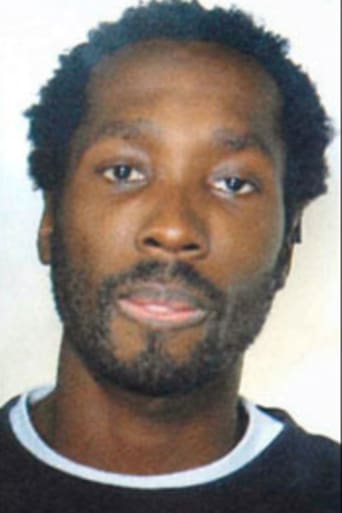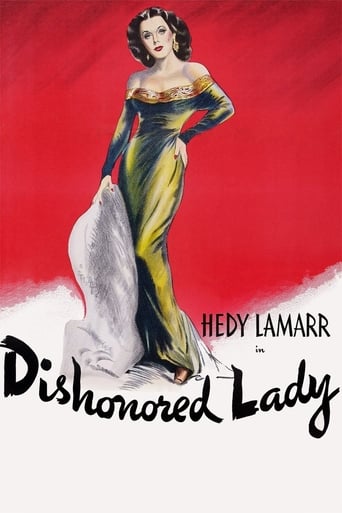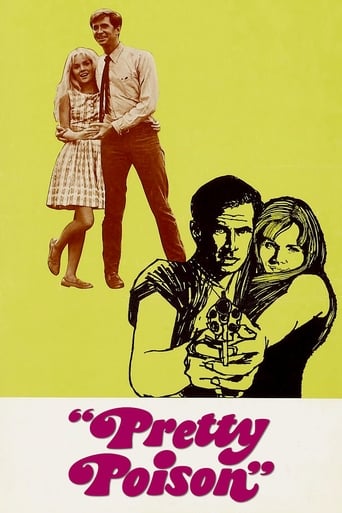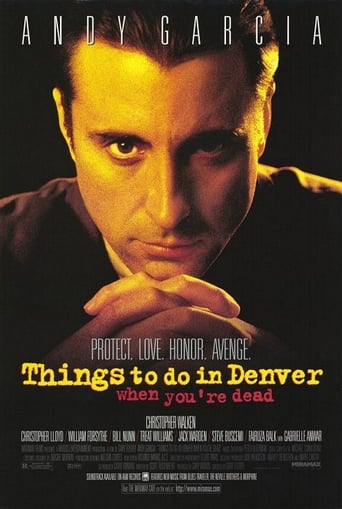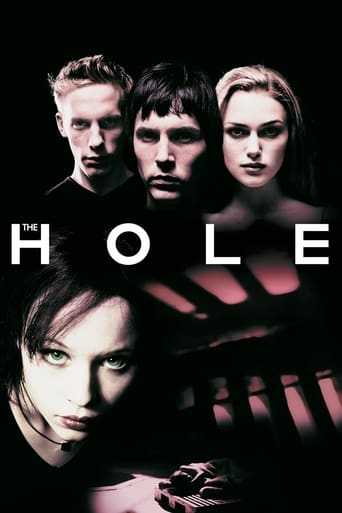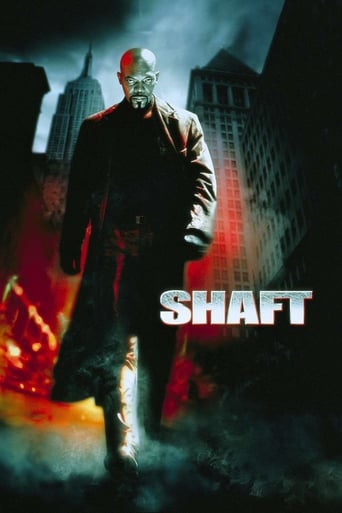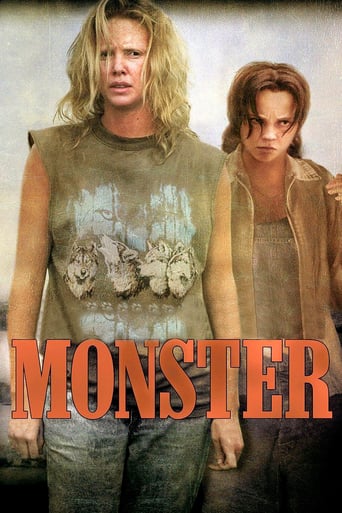
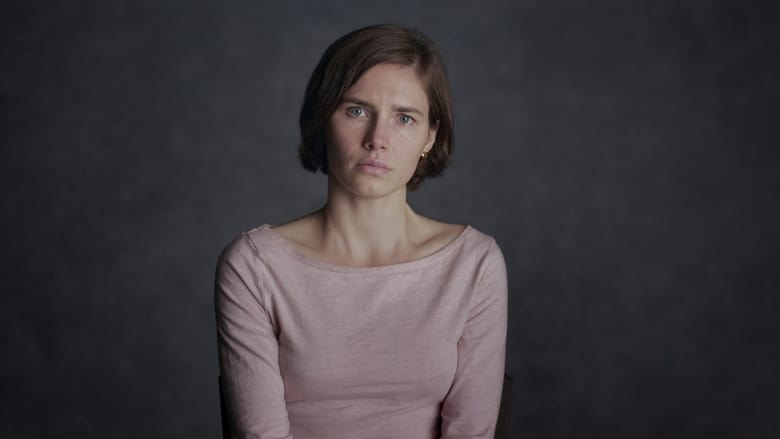
Amanda Knox (2016)
This gripping, atmospheric documentary recounts the infamous trial, conviction and eventual acquittal of Seattle native Amanda Knox for the 2007 murder of a British exchange student in Italy.
Watch Trailer
Cast


Similar titles
Reviews
Wtf...that was my first thought when I saw the journalist describing the scenario like it was book of fiction or something. Even if he was satisfied with getting the scoop...a normal (emotional) person wouldn't laugh and in the same time describe it like a perfect "media-story". He seems to be an awful human being...!...and a bad journalist admitting he wrote articles in the case without doing any background check...just like many others do in social media today. A young girl died and that laugh, that was the most disturbing in this documentary!It was good that the chaos at the crime scene was recorded, that was enough to realize how non-professional the police was. And the the evidence they found after 48 day...wtf again...really!?!A good example of bad police work and how awful media can be...shame on both police and media!
Let me put it this way. I had little to no knowledge regarding this case before watching the film, and it still left me strongly convinced of Knox's guilt. It gave me the feeling that it wasn't telling us everything, but I didn't know or get the impression that the filmmakers thought she was innocent, and were trying to portray her as such. Like already mentioned, I knew next to nothing about the case and I was still very easily convinced that Knox had at least some form of involvement. I found out after watching it that the directors think she's innocent. The problem is the film leaves out multiple pieces of incriminating evidence, yet has convinced some people that Knox is innocent. The film claims itself to be neutral, and for a while it is. But it eventually puts too much emphasis on a supposed lack of Knox's DNA found in Kercher's room, and leaves out forms of DNA evidence against both of them, a number of different testimonies from the night of the murder and the following morning, as well as many other things INCLUDING what I think might be the strongest piece of evidence against Knox and Sollecito; what happened when authorities first arrived to the crime scene. The film makes it look like they phoned authorities who then quickly arrived, and then the odd behavior began with Knox and Sollecito noticeably expressing a suspicious amount of affection towards each other directly outside the murder scene. But clear reasoning to suspect Knox's guilt actually started even before that. The postal police ironically arrived first, due to having found both of Kercher's phones. Knox and Sollecito then show no concern for Meredith's safety and make no mention of her door being locked. Eventually Knox claims that it was normal for Kercher to leave her door locked, which has been refuted by all of the other roommates. Now, that may not seem like much at first, but think about what her story is. She claims that before phoning police and anyone else arriving, she began to panic, knocked multiple times on Kercher's door, eventually climbing the balcony to try to see into her window, and even getting Sollecito to try to kick the door down. So we're trying as hard as possible to peak into windows and bust the door down to make sure she's okay, but when authorities suddenly arrive due to finding her phones in a random backyard, they don't freak the hell out? Or even mention her door being locked?! It was mentioned in the phone call! The phone call to police that oddly did not happen until after the postal police had arrived. They claimed otherwise, but the full timeline for that morning has been established based on several different testimonies and phone records.If they were innocent, there's no doubt that they would have instantly entered a stronger state of panic when realizing her phones had been ditched, and directed the postal police's attention to the locked door. Instead, Knox diverts their attention away from the door after it's discovered to be locked, with the flat-out lie that Kercher commonly left it that way. Everybody else claims that she had never once left her door locked before. You may ask, well why would Amanda do this? It's pretty simple. Cold feet. Authorities arrived even quicker than they had planned, before they phoned them themselves, and reality set in. Knox got nervous and wasn't ready for authorities to find the body, so she tried to buy more time and shift their attention away from her room. Unlike a lot of users who are convinced of Knox's guilt, I would still recommend the film. It really upsets me that it has convinced people that she's innocent, but due to the scale of her role, believing Knox is guilty makes it an even creepier and more memorably haunting experience. Imagine how amazing of a documentary this would have been if it had actually been a neutral exploration that presented allllll of the significant evidence and allowed the viewer to decide on their own. It feels like a rare opportunity to make a documentary that very largely features new interviews from two people convicted twice of murder (that many people still believe are guilty). Their footage should have given everyone that haunting, at least suspicious sensation that it gave me, but I see now how the filmmakers irresponsibly structured the film to have you ultimately be on their side and feel sympathy for them. I'd still recommend it. It's creepy, gorgeous, and quite thought-provoking in many aspects. But I stress that you go to themurderofmeredithkercher.com afterwards and read into all of the evidence. Knowing what the film leaves out, makes it more enjoyable and less enjoyable at the same time. I don't know why the directors are convinced of Knox's innocence, but there is significantly more to the case than what the film shows. And that is an understatement. With all things considered, the idea that Knox and Sollecito had zero involvement is absolute insanity. Unsavory qualities you may see in a journalist or detective are irrelevant. Yes, the media acted ridiculous. I don't disagree. But at the end of the day, that really changes none of the hard evidence. Ultimately, a technically proficient documentary that exploits very interesting and personal aspects, but without giving you the whole story. It's cool that Knox is in it, but all forms of significantly incriminating evidence against her and Sollecito still should have been provided, and that clearly isn't what they did. It still serves as an essential fact that Guede did not act alone and that a lot of evidence (including eye-witness testimonies that the film excludes) points to three people being involved. I would love to know who the directors think the other two are.
Amanda Knox, a Netflix documentary directed and exec produced by two ardent Knox supporters, Rod Blackhurst and Stephen Robert Morse, who have been campaigning for Knox since 2011, (which included harassing journalists who actually covered the case far more thoroughly than they did), opens with lingering almost gleeful close ups of the bloody crime scene and goes downhill from there. The documentary begins by trying to shape a false narrative of handy villains who all seemingly came together like the stars aligning to make innocent Amanda look so screamingly, beyond a reasonable doubtingly guilty. (and not the overwhelming behavioral circumstantial and hard physical evidence against her which the documentary brushes over in a cursory manner.) Villains first were the cops then prosecutor, and now according to Netflix,the tabloid media,anyone except Amanda Knox herself.The film makes out that Rudy Guede, the sole person convicted for Meredith Kercher's murder, left his DNA all over the crime scene, with funky arrows pointing here there and everywhere. The problem is this simply isn't true. Rudy Guede was convicted on less DNA evidence (five samples) than Amanda Knox(six samples).As for the featured so-called "independent DNA experts", Conti and Vechiotti, well, they were found "Objectively biased" and "Objectively deceptive" in court by the Nencini appellate. Specifically because Vechiotti falsely claimed that the technology did not exist to re- test the murder weapon. It did indeed exist in 2011. Vechiotti was also filmed by the BBC shaking hands with Sollecito's father in court no less, hardly appropriate behavior for so-called independents and neither's expertise is in forensic DNA anyway (Vechiotti is a pathologist & Conti's expertise is um, "computer medical science" whatever that's supposed to be). You'll notice in this review how I've rarely mentioned the victim Meredith Kercher. That's because she barely gets a mention in this sad excuse for a documentary. Not even an RIP. Meredith, the victim is relegated to a mere footnote and indeed a foot under a duvet. Reprehensibly, the doc also displays close up autopsy photos of Meredith. Yet the autopsy photos were never made public. Considering only the Kerchers (who didn't take part in Netflix's PR makeover) and the defence- and by extension the two former defendants- had access to such material, this begs the very pertinent question- who provided two ardent Knox supporters with autopsy photos of the murder victim? The filmmakers should be ashamed of themselves for this alone, utterly contemptible behavior which comes across as needlessly and despicably taunting the victim's family or at the very least exploiting their daughter and sister purely for lurid effect to make their documentary more "gritty".So what's the verdict on Amanda Knox the documentary? Well it's a terrible, false and ultimately immoral exercise in innocence fraud and here are some facts that Knox's PR infomercial left out:1 The Supreme Court's acquitting report states that Amanda Knox was present during Meredith's murder and may even have possibly washed the victim's blood from her hands afterwards but it STILL can't be proved that she did it. (which begs more questions, namely why didn't innocent Amanda call the cops for her friend and why wasn't she done for accessory at least?) The same Supreme Court do not make the same allowance for the black guy though, had he had have washed the victim's blood from his shoes for example. The court also states that there's "strong suspicion" that Sollecito was there.2 The Supreme Court's acquitting report states that the burglary was staged.3 The Supreme Court's acquitting report states that Meredith was murdered by three attackers and that Guede had two accomplices. (And you really don't have to be Stephen Hawking to figure out who these two accomplices were, when you view the evidence in its totality)4 The Supreme Court's acquitting nonetheless finalizes Knox's calumny/ criminal slander conviction, which she got for falsely accusing her innocent employer of rape and murder, leaving him in prison for two weeks and never retracting her statement, despite false reports that she did, meaning that Knox's status is still that of a convicted criminal felon.5 In finalizing Amanda Knox's calumny/criminal slander conviction, The Supreme Court's acquitting report states that Knox blamed her boss to protect Rudy Guede as she was afraid that Guede could "retaliate by incriminating" her, which of course begs some more very interesting and pertinent questions, such as how could Guede incriminate innocent Amanda to begin with?6 The Supreme Court's acquitting report does NOT exonerate Knox, it acquits her due to "insufficient evidence",like Casey Anthony, OJ Simpson and that nice man Robert Durst. RIP Meredith Kercher, who along with her stoic dignified family (who have been subjected to absolutely abhorrent abuse and attacks by Knox's supporters online) and Knox's employer Patrick Lumumba are the only victims here. May the truth shine in your case one day and the facts and truth come to light. Neither Amanda Knox or Raffaele Sollecito are fooling anyone familiar with Ms Kercher's case & facts are available at the murder of Meredith Kercher .com and in the Nencini and Massei reports.
Named the "trial of the decade," the story of Amanda Knox first captivated the world in 2007 following the gruesome murder of British student, Meredith Kercher. Since then, the case has been picked apart and reviewed by innumerable forensic analysts and murder mystery enthusiasts alike. The film has garnered high praise and popularity since its release on September 30th of this year, making it clear that many people still have a vested interest in this story. Much like the JonBenét Ramsey case, the case of Amanda Knox was made into a grand spectacle by the media. It has even been suggested that the media may have swayed the ruling of the Italian court. This is supported by the film. In it we see the media put pressure on the government to apprehend the murderer quickly, but this makes investigators sloppy and they make careless mistakes. Evidence is not properly preserved and this in the end radically changes the lives of the two main suspects: Raffaele Sollecito and Amanda Knox. Murder mysteries and "whodunit's" are astonishingly popular among today's film consumers. Everybody wants to play detective, and in the Amanda Knox case, everybody did. Every single person from sea to shining sea had an opinion. The people of Perugia, Italy cried out for justice for Meredith Kercher and then the world followed suit. Again, this is arguably one of the reasons that the case played out as it did. Two convictions, two acquittals, and still no definitive answer as to who killed Meredith.There's always an angle; people, architecture, and yes, cameras. The directors of this film interestingly chose to make use of subtle camera angles and techniques for a variety of purposes throughout the film. The use of intermittent stills of Italian countryside, flashes of newspaper headlines or clips of a busy Perugian street made for nice visual imagery as well as good transitions. Most notably, however, were the peculiar camera angles in the early parts of the film. For example, during interviews with infamous journalist, Nick Pisa, who reported on the case from start to finish, the camera awkwardly hesitates on him as he smiles crookedly following his speech on the controversial way that the media got their hands on Amanda's diary she kept while in prison. This paints Nick in a negative light and even proliferates the stereotype of journalists as slimy, shady creatures, and ultimately garners more sympathy for Amanda, as she was the one being attacked in these publications. This same technique was also used with similar intent when interviewing Detective Mignini, another figure in the story who is generally disliked. Both Pisa and Mignini were misogynistic egomaniacs. They both profited from Amanda's demise. Throughout the entirety of the case they could both be seen basking in the glory of their attacks on Amanda. While Mignini used fear tactics and physical abuse in questioning, just outside the prison walls Pisa typed away feverishly at his computer printing phrases like, "femme fatale," "Foxy Knoxy," and other sexist remarks in what has been called, a "character assassination." Lastly, in my opinion, the film was very effective. It certainly had a target audience: those who have always been interested in the case, but I believe it also drew in others who enjoy documentaries, Netflix subscribers in general (since it was well advertised) and of course your run of the mill murder mystery fans as we discussed in the beginning. For many, this film helped them to see the case differently. With all cards and evidence out on the table, viewers were clearly able to see the facts. No matter whether you find Amanda's shrieks of delight in the end, following the announcement of her exoneration, encouraging or creepy, the film achieved its sole purpose: telling the twisted tale of a chilling murder.



